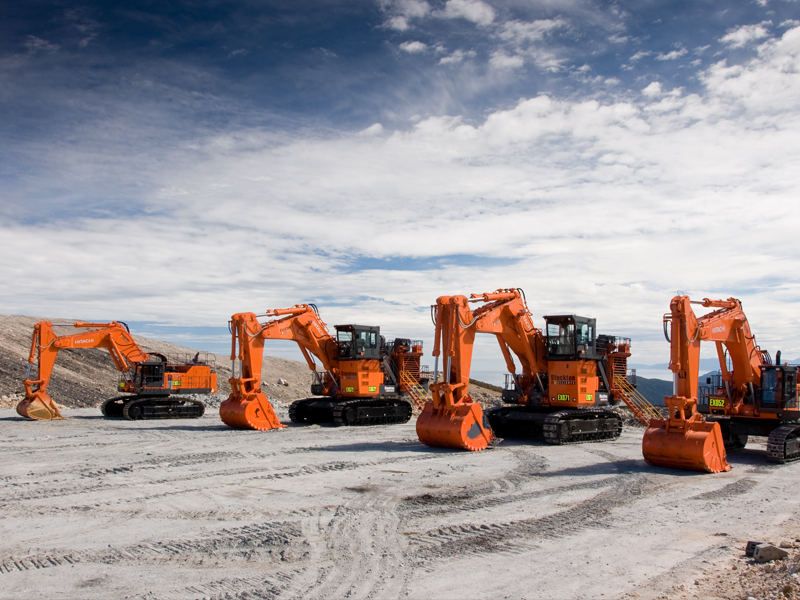When did mining start on the West Coast?
The earliest people to come to New Zealand were the Polynesian ancestors of the Māori, who arrived in the South Island between 1280-1295 AD[1]. Before long, early Māori explored and discovered many areas of New Zealand, including the West Coast of the South Island, where they discovered pounamu. By the late 1300s early Māori were harvesting, carving, and trading the resource throughout New Zealand. So highly valued was the greenstone resource that their name given to the South Island – Te Wai Pounamu – literally means “the waters of greenstone”. The West Coast itself is known as Te Tai Poutini, or The Tides of Poutini, named after a taniwha (called Poutini) who is the guardian of the West Coast and its greenstone (the full myth of Poutini and pounamu can be read here).
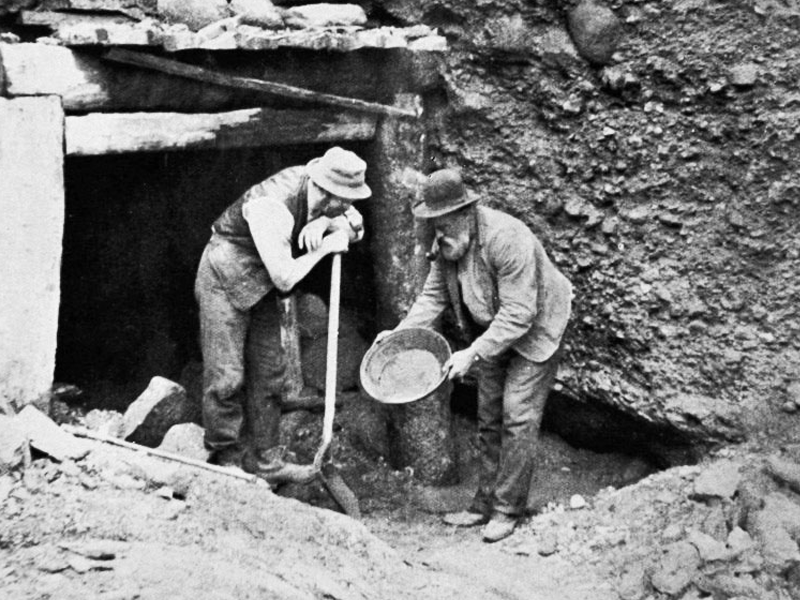
When Pākehā began arriving in New Zealand in larger numbers following the signing of the Treaty of Waitangi in 1840, Māori already possessed several hundred years of accumulated knowledge as surveyors, geologists, and miners on the West Coast.

This extensive local knowledge played a vital part in enabling the discoveries of gold and coal on the West Coast in the 1860s, leading to the mining of gold and coal in the region from 1864 onwards. This was the catalyst for the birth and rise of the West Coast’s modern-day towns and settlements.
In particular, Māori residents at Mawhera Pā (near the Grey River), Haimoana Tuakau and Ihaia Tainui, discovered gold when prospecting for pounamu, and relayed knowledge to Pākehā prospectors.
Gold and pounamu have been laid down by similar tectonic processes, as mountains have eroded, and gravels and sands bearing both minerals have built up at the feet of the Southern Alps. To this day pounamu is still recovered as a by-product of alluvial gold mining.
The first recorded discovery of coal on the West Coast was in 1846, near modern day Charleston, just south of Westport.
This discovery was made during Charles Heaphy and Thomas Brunner’s expedition south from Nelson with a Māori guide by the name of Kehu.
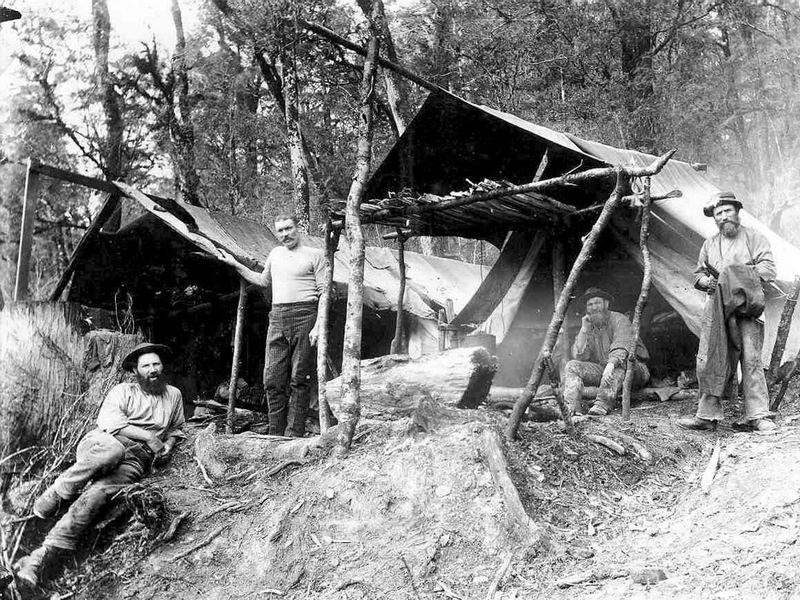
Two years later, in 1848, Brunner (who hailed originally from Switzerland) and Kehu returned, and on this expedition discovered the coal seams on the banks of the Grey River. It was on this expedition that the Brunner Coalfield and Lake Brunner (Kōtuku Moana) became named after the explorer. It took another 16 years for coal mining to begin, in 1864.
Gold mining townships and settlements sprouted up and down the length of the West Coast region, from Karamea to Haast – with varying degrees of success – as people flocked to the West Coast in the hope of making their fortunes.
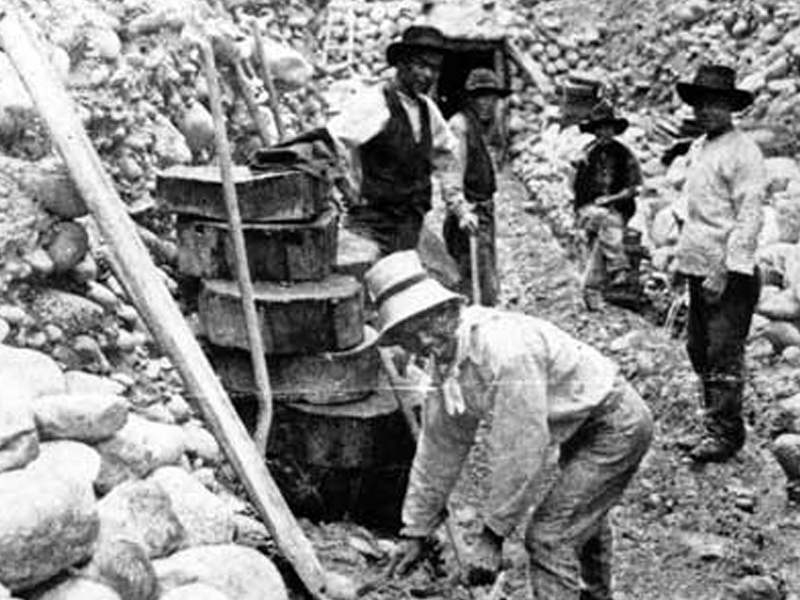
Much of the earlier gold mining efforts immediately following 1864 were for the recovery of alluvial gold deposits, but by 1870 the gold bearing quartz reefs of Reefton (named for these very reefs) had also been discovered. Mining gold from these reefs began in 1872.
Gold mining attracted many people to venture to the West Coast, but the development of a coal industry and the young nation’s demand for its product was what drove the construction of major infrastructure from the 1880s onward, this included ports and harbours at Westport and Greymouth, and the construction of railways and roads linking the West Coast with the rest of New Zealand.
Throughout the remainder of the 18th Century new deposits were discovered as earlier resources were exhausted, and new technologies were developed to mine lower yielding ground – extracting smaller quantities of resource from larger volumes of ore.
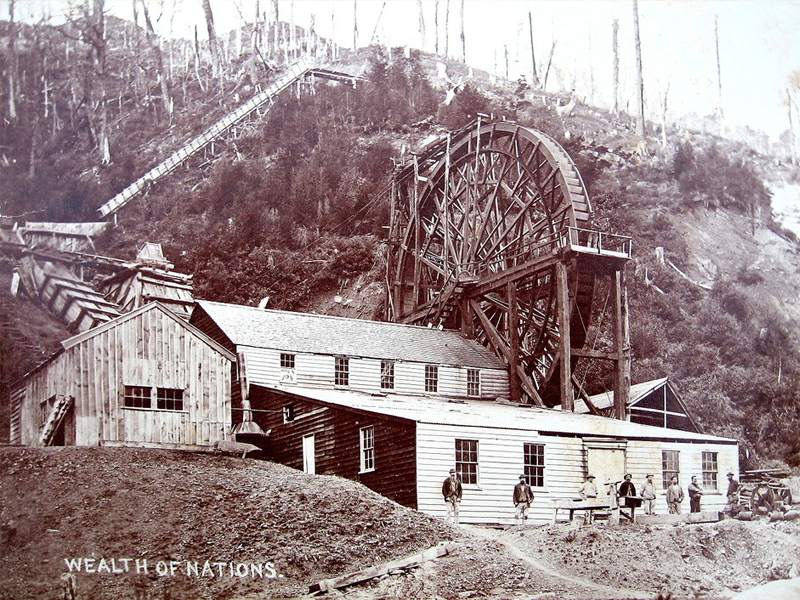
Some mining townships disappeared as the gold and coal did, in some instances being swallowed back into the forests; others endured and thrived as people turned to other ways to earn a living.
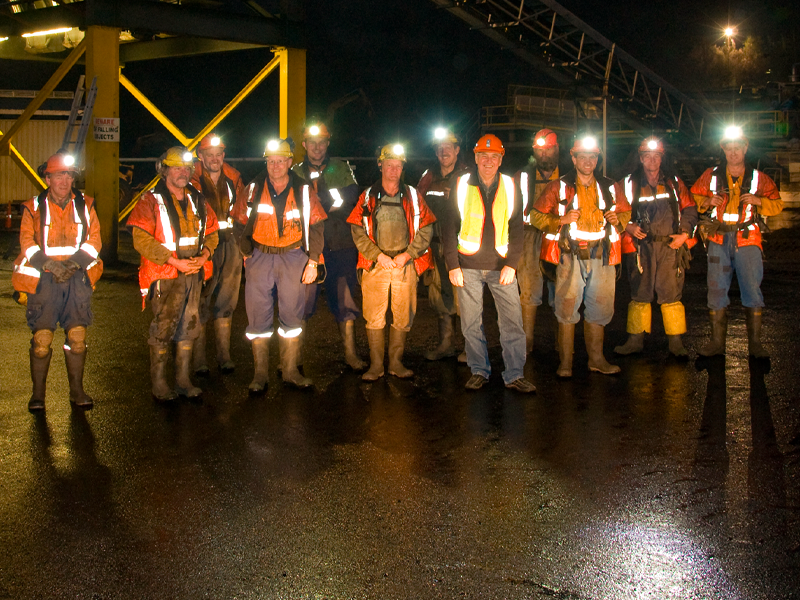
Waiuta, Denniston, and Okarito are just some of the West Coast’s former mining townships that have gone on to become ghost towns, or, perhaps, shadows of their mining heydays.
Other areas with larger resources and deposits, as well as diversified streams of income, have come through to the present day.
Westport and Greymouth, having substantial coal resources and ports, have thrived with ups and downs along the way, while townships such as Hokitika (historically a gold mining centre only) and others diversified into food production, forestry, and servicing visitors to the region.
Mining remains a mainstay of the West Coast economy, alongside other sectors, and to this day accounts for 7.7% of the region’s GDP, in third place after electricity and gas supply (11.7%), and dairy cattle farming (9.6%).
